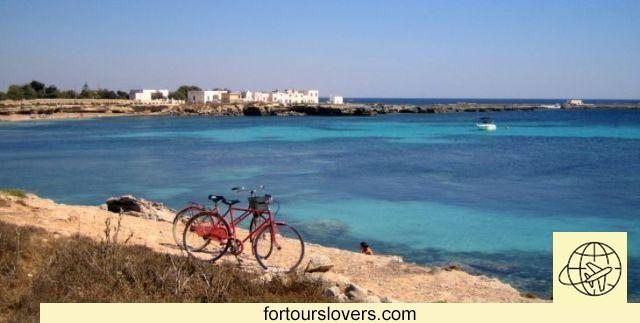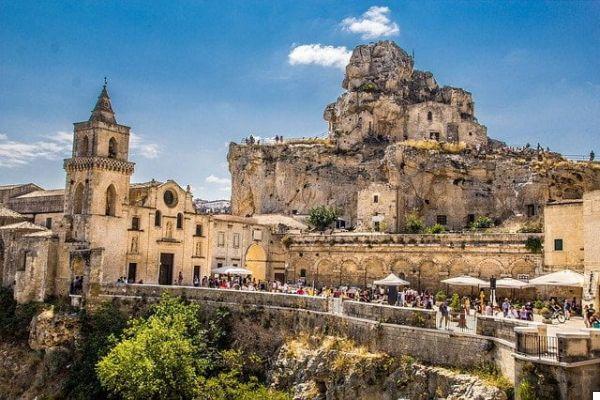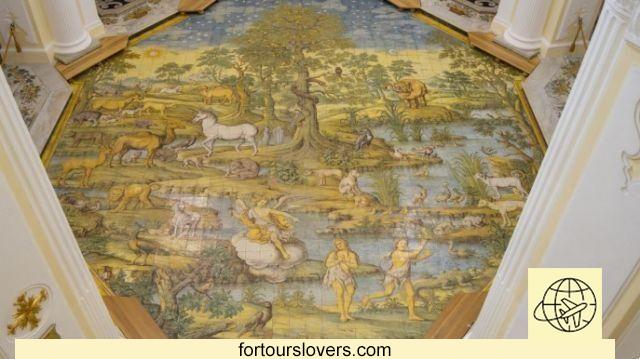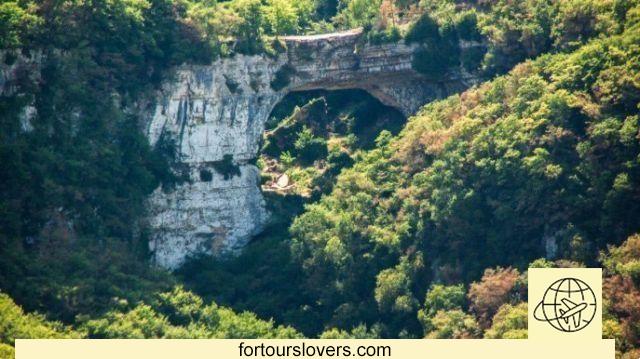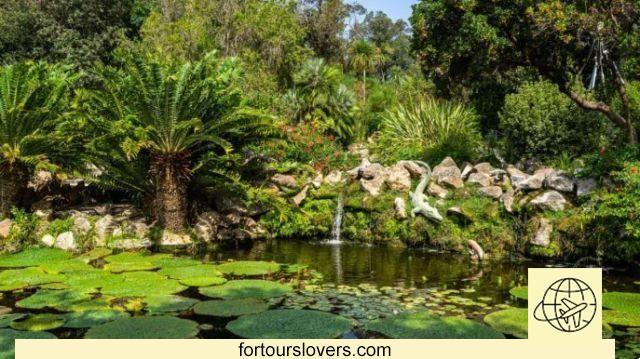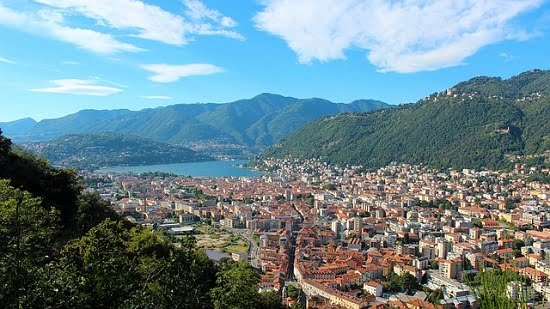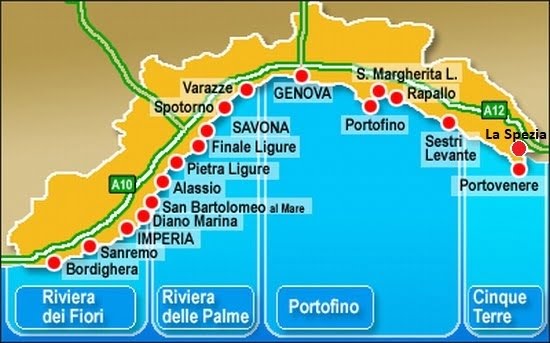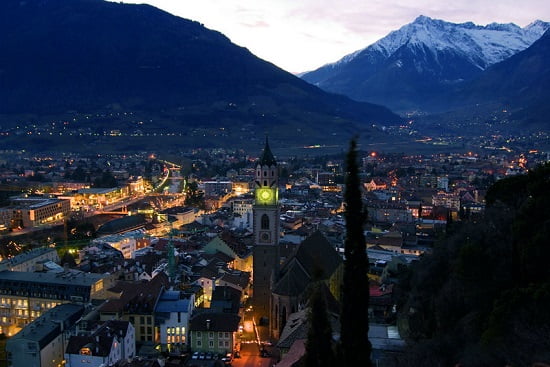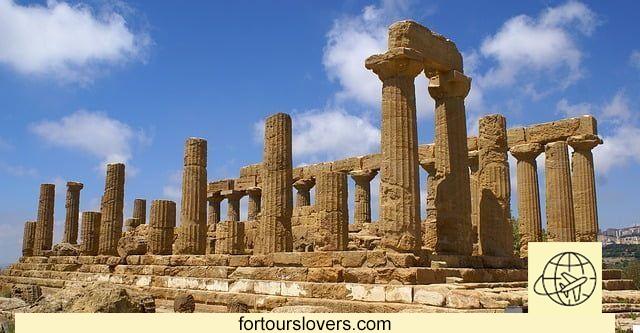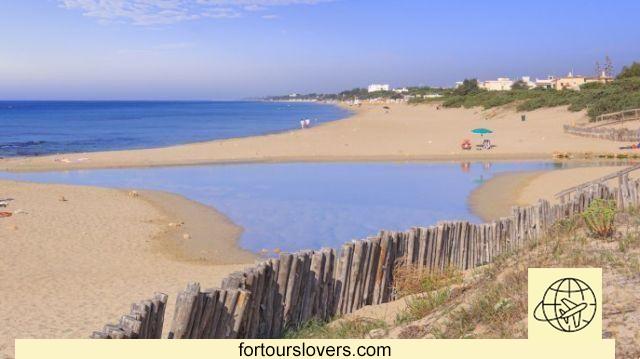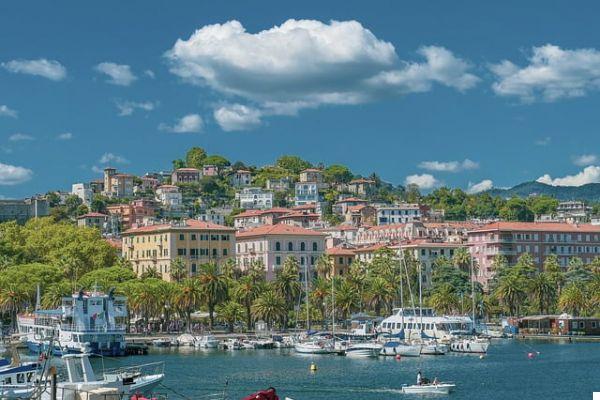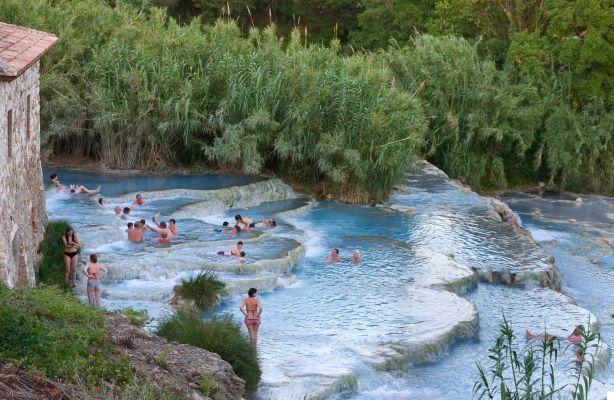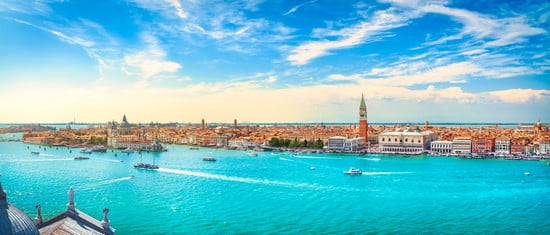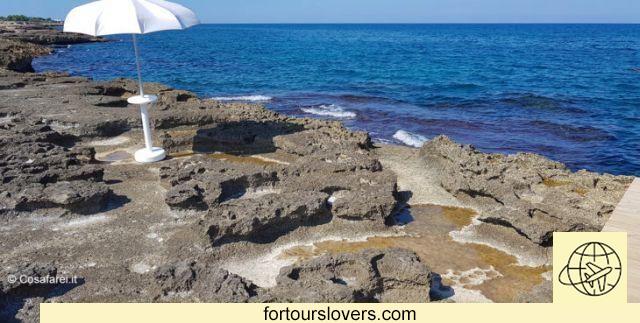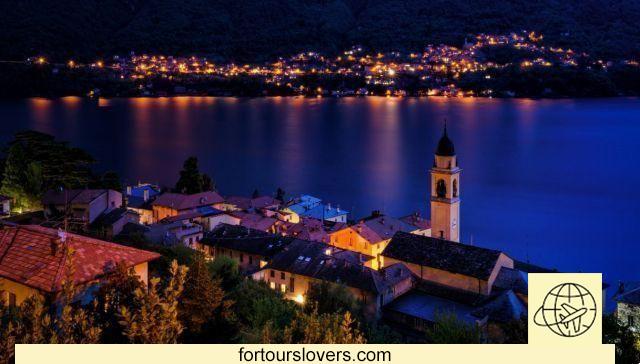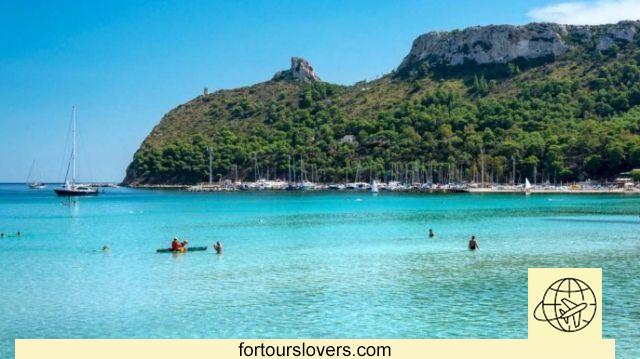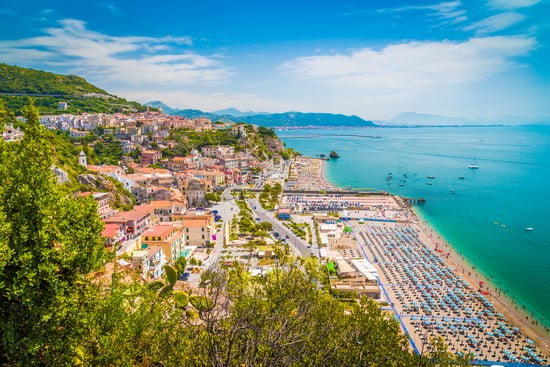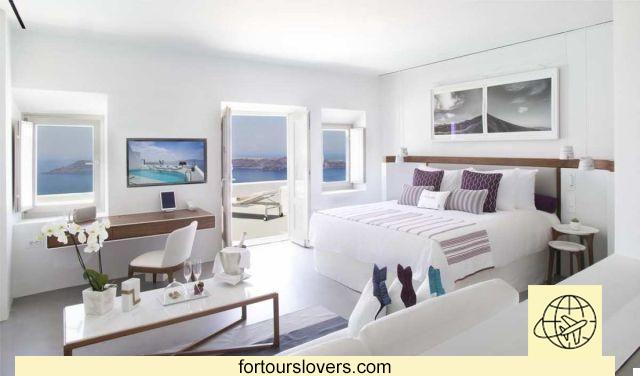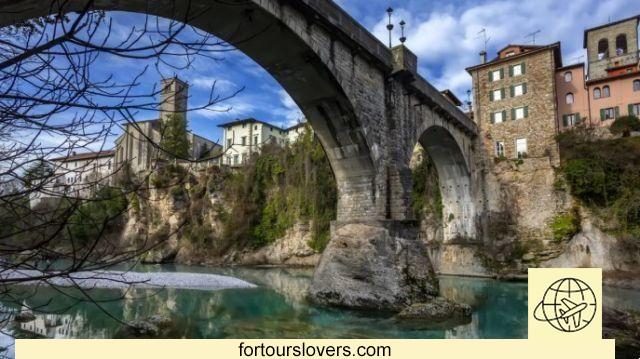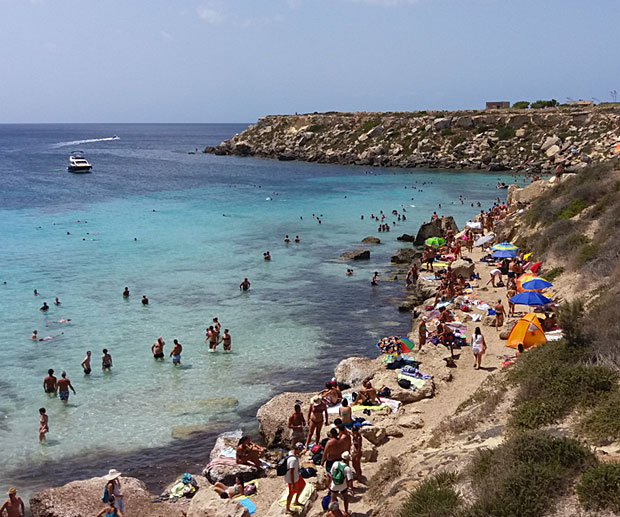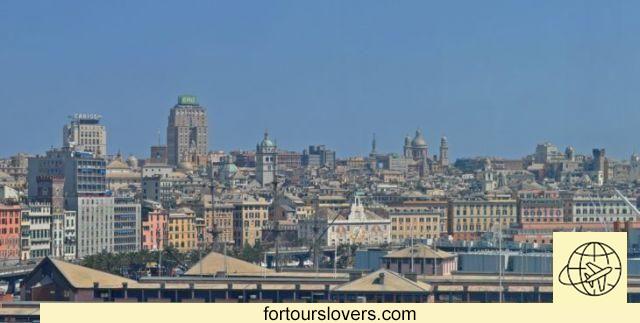
Genoa
12 things to do and see in GenoaParadoxically, when a city is so full ofmodern art, history, architecture e culture how Genoa is hard to tell. Emphasizing one aspect means, in fact, wronging another equally important. So it is, for example, for history: certainly the glorious 500th century with the Republic which dominated the sea and markets, but woe to forget that Genoa was also fundamental in the development ofPost-unification Italy. Similarly: if you say Columbo e Mameli you can't forget Mazzini e De Andrè. Even the recent past, however, has not been stingy with satisfactions: in 2004 the city was European capital of culture and two years later, in 2006, the palaces of the center, where the nobles lived at the time of the Maritime Republic, became part of the Unesco World Heritage. In short, Genoa really has it all: it is at the same time a city of art and industry continuing, moreover, to retain a strategic role in commercial traffic in the Mediterranean thanks to its port. Below, we will try to list the most interesting things to do and see in the city, apologizing in advance if we do not give enough prominence to some of its extraordinary beauties. Happy reading.
1 The Carrugi
Those who really want to get to know Genoa before letting themselves be enchanted by the beauty of its buildings, will do well to "get lost" in the gut of alleys of the old town. "Carrugi"They are called in dialect and be careful not to confuse them with"Creuze"Which instead are steep paved slopes reaching the sea. A dense maze of alleys created to defend against pirates but which in the Middle Ages became the beating heart of economic and civil life of the Genoese. Ancient artisan shops that in most cases have ended up giving the name to the street where they stood. Now that there are (almost) no artisans there, it remains there place names sui generis and the tourist charm of these narrow streets full of typical shops, bazar e historic bars where an important part of the movida small town.
2 The Rolli
In size, the historic center of Genoa is second only to that of Venice. This data would be enough to explain its importance and instead, to fully understand its enormous historical-cultural value, it is necessary to visit the "rolli“, I noble palaces where once the foreign authorities visiting the city. These mansions are located along Garibaldi Street, Via Cairoli e Via Balbi, the so-called "New Streets"Of the center, in 2006 become part of the Unesco World Heritage. At the base of the recognition, the architectural characteristics of these buildings which constitute a unique model of noble residential subdivision, a precious testimony of the "grandeur" of the Maritime Republic between the 500th and 600th centuries. To visit these buildings, many of which, in the meantime, have become official headquarters of banks, chambers of commerce, town hall etc., the municipality periodically organizes guided tours (in the photo the famous Palazzo Rosso). For more information: www.visitgenoa.it/it/strada nuova
3 Corso Italia and Boccadasse
Bars, restaurants, bathing establishments, elegant buildings and the typical atmosphere of a seaside town. Corso Italia is the promenade of Genoa. Beyond two kilometers of coastline that connect the neighborhood of the Foce and seaside village of Boccadasse. The latter is certainly worth a visit since it represents one of the most significant testimonies of that ancient way of building sui generis which is theMediterranean architecture. There are two aspects to underline: the first is that Boccadasse has preserved almost intact theoriginal urban structure despite the surrounding building expansion; the other is that i fishermen they are still present, although, clearly, fewer than in the past. As is obvious, here too there is no shortage of bars, ice cream parlors and typical fish-based restaurants. Finally one curiosity. According to some, "La Boca", a historic district of Buenos Aires inhabited mainly by Genoese immigrants, owes its name to the origin of many of these from the Boccadasse neighborhood. This would explain - following this hypothesis - the similarity of the names between the two neighborhoods.
4 The Lantern
The love of the Genoese for the "Lantern”Cannot be explained by referring only to its public utility. The lighthouse of Genoa, in fact, is quite a totem which sums up the millennial history of the city. According to some sources, in fact, the first building dates back to 1128 even if there is no certainty about the date. What is certain, in ancient times, on the top of the tower large bundles of erica e broom to signal the presence of the port to ships in transit in city waters. Of course, the structure also had the function of sighting to ward off the lightning attacks of the piracy which for centuries has infested the waters of the Mediterranean. However, its present form dates back to 1543 and since then it has survived almost unscathed wars and natural disasters. 76 meters long, the Lighthouse of Genoa is the highest in the Mediterranean, as well as one of the oldest in Europe among those still in activity. For more information on the history, timetables, the museum and related activities, please refer to place: www.lanternadigenova.it
5 Aquarius
Over 20 years in business and the ambitious idea of reaching the quotation on the stock exchange. These two considerations are enough to explain the tourist importance of this structure second only to the Valencia aquarium. A recently opened virtual room and focuses more and more on the story, or "storytelling”As it is fashionable to say today, to make the experience more and more active and engaging. An experience really suitable for everyone, adults and children, with the further possibility of choosing the percorso that best suits your needs. In short, really one unmissable stop for anyone who happens to be in Genoa. For information on times, the prices and itineraries bookable: www.acquariodigenova.it
6 Museum of the Sea
The biggest Maritime Museum of Mediterranean with a path that follows four ages of the navy: the age of the oar, with the galleys and the ancient arsenal; the age of sailing, that of the vessels and subsequent clippers; the age of steam, which marks the rise of steamships and with it the great Italian migrations on the transatlantic; finally, the today's migrations that from North Africa go to Italy and Greece aboard rubber dinghies and other makeshift boats. A visit in which you actively participate, since you can board the galley and explore its interior; even experience life aboard the submarine Nazario Sauro (pictured) or, better yet, enter the Hall of the Storm in 4D, to virtually relive the experience of the stormy sea. In short, in the Galata Museum of the Sea of Genoa, "navigating history" is not a way of saying!
Working Time
| March - October | November February | ||
| Period | Everyday | (MON CLOSED) Tue-Fri | Sat, Sun and Holidays |
| Schedule | 10.00 - 19.30 | 10.00 - 18.00 | 10.00 - 19.30 |
| Notes | Last admission 18.30pm | Last admission 17.00pm | Last admission 18.30pm |
For the prices click here
7 Castelletto lift
Genoa is one uphill city Made of narrow streets, paved slopes ("creuze") e buildings built in a hilly area. Hence, at the beginning of the 900s, the need to equip the city with a series of public elevators to supplement the historical Zecca-Righi funicular. Among these the most famous is undoubtedly theCastelletto Levante lift, better known as the Castelletto lift. Colleague Portello square with the Belvedere Montaldo, a real panoramic balcony overlooking the city with a 360 degree view of the entire historic center. Belvedere that the Genoese call "the esplanade" because until 1910 there was an imposing one here fortress, subsequently demolished in order not to grant strategic advantages to the enemies in case of foreign occupation of the city. Briefly said of the story, the Castelletto lift entered the building almost immediately top ten of the unmissable attractions of Genoa. Not only for the beauty of the surrounding landscape, but also for having preserved numerous traces of the Art Nouveau from the beginning of the XNUMXth century. To be seen!
8 Cathedral of San Lorenzo
The Cathedral of San Lorenzo is the most important place of worship of the city. Throughout the Middle Ages it was also the same for civil and political life, since Genoa, for centuries, had no squares and other locations where lay power could be exercised. Funded with the proceeds of Crusades, is a church from romantic style, even if the three entrance portals differ from the prevailing imprint, the only traces left of an attempt to transform Gothic style of the church began in 1200 - therefore, about a century after the first construction - and nevertheless never completed. Among the many works, certainly deserves a special mention Chapel of St. John the Baptist built between the XNUMXth and XNUMXth centuries and housed in the left nave of the building. There are kept the relics of the saint, also arrived in the city following the Crusades. Very nice to see too Treasure Museum found in underground of the Cathedral. Numerous are exhibited in these rooms masterpieces of goldsmithing and sacred art for a period of almost a thousand years, from the XNUMXth to the XNUMXth century.
For information on this and the other museums in the city: www.museidigenova.it
9 Old Port
At the beginning we referred to the recent awards of the city: European Capital of Culture in 2004; Unesco protection of the buildings of the “Strade Nuove” in 2006. But woe to forget Expo '92 without which, probably, we would not have seen the rebirth of the "Porto Antico“, An important piece of Genoa. A'area of 230.000 square meters which, thanks also to the contribution of the city starchitect Renzo Piano, has become a major center of cultural and social aggregation. Apart from the Aquarium, which we have also already talked about, they have sprung up in the area shops, gallery, restaurants, bar e movies, not forgetting the skating ring in winter and the outdoor pool in the summer months. In short, Porto Antico is one of the unmissable stops on a visit to Genoa. The ideal place to spend a couple of hours in absolute relaxation between a appetizer and a visit in some typical shop.
10 Parks of Nervi
The biggest urban park on the sea around the Mediterranean. A botanical complex over 90.000 square meters formed by a set of city (Gropalio, Salluzzo Serra, Grimaldi Fassio, Luxoro) previously owned by private individuals and now the seat of museums and others commendable historical-cultural initiatives. A beautiful park, especially in spring, when many of the hundred and more botanical species present are in the period of maximum flowering. There walk, about two kilometers, in addition to a lot of greenery (pines, cypresses, palm trees, etc.) it also offers a wonderful sea view on the Gulf of Genoa. To find out more: www.parchidinervi.it
11 Monumental cemetery of Staglieno
Un cemetery which is also a gigantic work of art. A museum of modern art which fascinated, among others, Friedrich Nietzsche, Mark Twain ed Ernest Hemingway. The Staglieno cemetery - cimiteio de Stagén in Genoese - was built between 1844 and 1851 in compliance with the Napoleonic edict that forty years earlier had finally imposed a ban on burial in churches and towns. Therefore, a large area was needed, far from the center, where a monumental cemetery could be set up which, in addition to guaranteeing a worthy burial for the Genoese, would tell the rise of the city bourgeoisie. Bourgeoisie to which he belonged, let's remember, Giuseppe Mazzini, main interpreter of the values of republicanism and unification of Italy. In addition to Mazzini, they are also buried in the cemetery of Staglieno Ferruccio Parri, The first Prime Minister immediately after the Second World War, the singer-songwriter Fabrizio De Andrè and the writer Fernanda Pivano. Briefly said of the buried politicians and artists, what really stuns the cemetery is the majesty of its monumental chapels ranging from Gothic al liberty passing through the Byzantine and neoclassic. A mixture of styles that does not leave indifferent even those who are fasting to art history. Find out more about the history, schedules, visits and other initiatives: www.staglieno.comune.genova.it
12 Trofie with pesto
The Genoese one, but the discussion can easily be extended to the whole region, is a very simple cuisine that is characterized by extensive use of vegetables and aromatic herbs. Above all, ça va sans dire, his majesty the basil. trofie with pesto they are by far the most famous dish in Genoa, and one of the most famous in all of Liguria. But woe to forget everything else: give it flat bread, to the stockfish alla genovese, cod, passing through the Cappon Magro, until the Christmas pandolce the recipes and, above all, the variations are almost as many grandmothers, zie and moms who grapple with a thousand dishes of the city gastronomy. Therefore, rather than telling it, it is necessary to live it. Or, better yet, eat it. Long live Genoa, long live your cuisine!
For an overview of the main recipes click here




